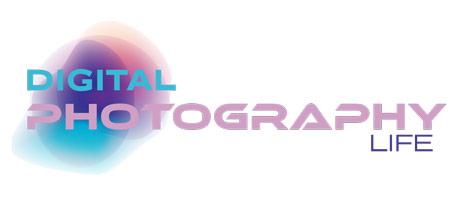Exposure
Exposure (n.) The amount of light that reaches the camera’s sensor, determined by aperture, shutter speed, and ISO. In mobile photography, exposure is often automatically controlled but can be adjusted in pro or manual modes. Proper exposure is key to capturing…
